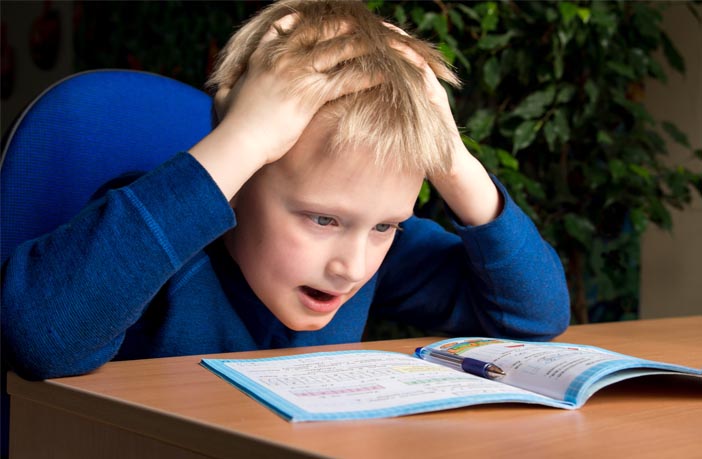
Understanding ADHD in Children (Ages 6-17)
Attention Deficit Hyperactivity Disorder (ADHD) is a neurodevelopmental disorder that affects children between the ages of 6 and 17. It is characterized by persistent patterns of inattention, hyperactivity, and impulsivity that can significantly impact a child’s daily life. Understanding ADHD and its effects is crucial for parents, educators, and healthcare professionals to provide appropriate support and interventions for children with this condition.
Recognizing the Symptoms
The symptoms of ADHD can vary from child to child, but they generally fall into two main categories: inattention and hyperactivity/impulsivity. Inattentive symptoms include difficulty staying focused, being easily distracted, forgetfulness, and trouble organizing tasks. Hyperactivity and impulsivity symptoms manifest as excessive fidgeting, talking excessively, difficulty waiting for their turn, and acting without thinking.
It’s important to note that occasional inattentiveness or hyperactivity is common in children. However, for a diagnosis of ADHD, these symptoms must be persistent, severe, and interfere with the child’s functioning in multiple settings, such as school, home, and social situations.
The Impact on Learning and Development
Children with ADHD often face challenges in academic settings. They may struggle with following instructions, completing tasks, and staying on track with assignments. As a result, their academic performance may suffer, leading to frustration and a negative impact on their self-esteem.
In addition to academic difficulties, children with ADHD may also struggle with social interactions. Their impulsivity and difficulty with impulse control can lead to impulsive behaviors and difficulties in forming and maintaining friendships. These challenges can further contribute to feelings of isolation and low self-confidence.
Diagnosis and Treatment (adhd in children)
Diagnosing ADHD involves a comprehensive evaluation that considers the child’s symptoms, medical history, and input from parents, teachers, and other caregivers. There is no single test that can definitively diagnose ADHD, but healthcare professionals use standardized criteria to make an accurate diagnosis.
Treatment for ADHD typically involves a multimodal approach, which may include behavioral interventions, educational support, and medication if necessary. Behavioral interventions focus on teaching children strategies to manage their symptoms, improve their organizational skills, and enhance their self-regulation abilities. Educational support may involve accommodations in the classroom, such as extra time for assignments or preferential seating.
Medication can be an effective tool for managing ADHD symptoms in some children. Stimulant medications, such as methylphenidate or amphetamines, are commonly prescribed and have been shown to improve attention, reduce hyperactivity, and impulsivity. However, medication should always be used in conjunction with other interventions and under the guidance of a healthcare professional.
Supporting Children with ADHD
Support from parents, teachers, and healthcare professionals is essential for ADHD in children to thrive. Creating a structured and predictable environment can help children with ADHD better manage their symptoms. This can include establishing consistent routines, providing clear expectations, and breaking tasks into smaller, manageable steps.
Teachers can play a crucial role in supporting children with ADHD in the classroom. Providing visual aids, using positive reinforcement, and offering frequent breaks can help children stay engaged and focused. Collaboration between parents and teachers is vital to ensure consistent support and communication.
Conclusion
ADHD is a complex neurodevelopmental disorder that affects many children between the ages of 6 and 17. Understanding the symptoms, impact, and appropriate interventions is crucial for parents, educators, and healthcare professionals. With the right support and interventions, children with ADHD can thrive and reach their full potential.